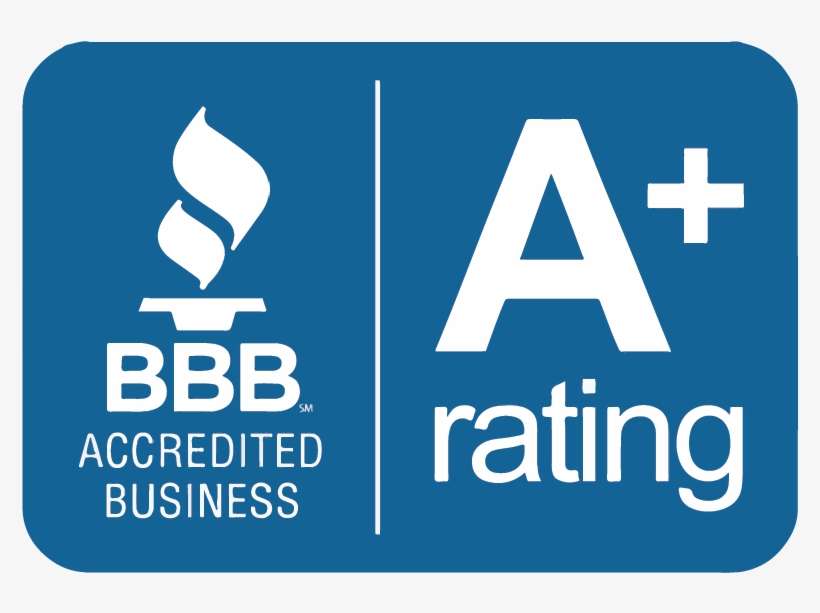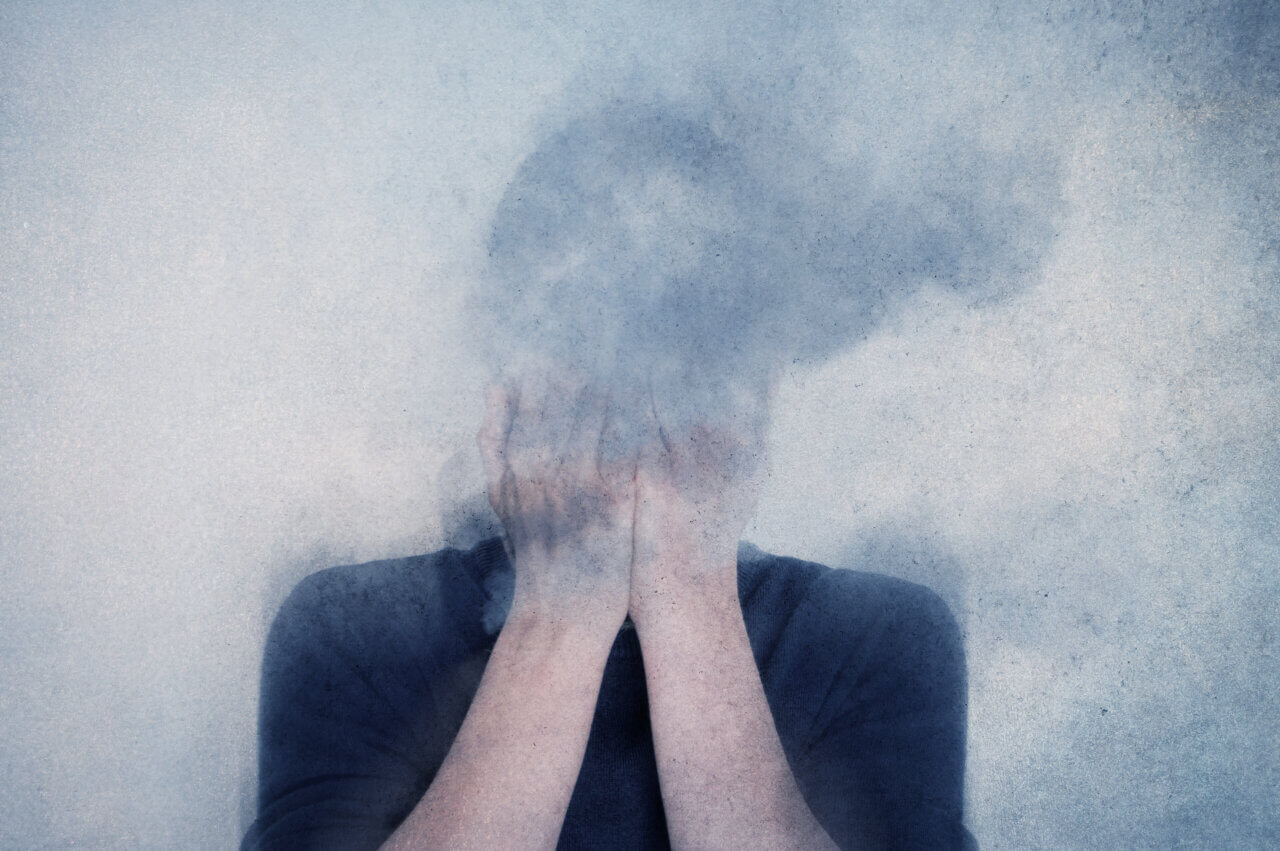Borderline Personality Disorder: Self-Test
If you believe you might have borderline personality disorder, this self-test can help to determine whether you should see a mental health professional for an official diagnosis.
Additionally, identifying symptoms and risk factors may help when deciding to reach out to a professional. It is also essential to understand how a diagnosis works, the different treatment options, and what to do if you are diagnosed with borderline personality disorder.
BPD Self-Test
Take this BPD test if you believe you or a loved one might be struggling with borderline personality disorder:
This online screening is not a diagnostic tool. Only a trained medical professional, like a doctor or mental health professional, can help you determine the best treatment for you.
What is Borderline Personality Disorder?
Borderline Personality Disorder (BPD) is a mental health disorder that significantly impacts how individuals think and feel about themselves and others. This disorder can cause considerable issues with functioning in daily life, as it includes problems with self-image, difficulty managing emotions and behavior, and a pattern of involvement in unstable relationships. A key symptom often seen in BPD is dissociation, where individuals experience a disconnection from their thoughts, feelings, or sense of identity. This phenomenon, known as borderline personality disorder dissociation, can exacerbate the challenges faced by those with BPD.
BPD is often characterized by an intense fear of abandonment or instability. Individuals diagnosed with this disorder may find it challenging to spend time alone and may experience inappropriate anger, impulsiveness, and frequent mood swings that push others away, despite their desire for loving and long-lasting relationships. These intense emotional experiences can lead to dissociative episodes, where the individual may feel detached from themselves or their surroundings, further complicating their interpersonal interactions.
BPD often begins during someone’s teenage years or early adulthood. Symptoms are usually more severe in the early stages of the disorder and may gradually improve with age. Fortunately, there are many treatment options available for those living with borderline personality disorder, including therapy, medication, and support groups, which can help manage symptoms and improve quality of life. Understanding and addressing borderline personality disorder dissociation is a critical component of comprehensive BPD treatment.
High-Functioning or “Quiet” BPD
High-functioning BPD is not an official BPD diagnosis; it is a subtype of BPD. It is often hard to recognize high-functioning BPD, as moods and behaviors associated with it are often directed inward. This type of BPD, like BPD overall, can result in drastic mood shifts and difficulties in relationships due to an intense fear of abandonment.
Quiet BPD may be characterized by low self-esteem and feeling angry, depressed, or anxious. Individuals with high-functioning BPD may also experience self-harm or suicidal thoughts. They may also engage in self-destructive behaviors while trying to hide feelings of guilt and shame from others.
While BPD usually includes a lack of control regarding emotional regulation, individuals with high-functioning BPD will try to “over-control” their emotional regulation. These people experience the same internal dysregulation but have mastered the ability to mask their pain and may seem cold, distant, or aloof.
Causes/Risk Factors
Researchers are not sure of a single cause for BPD and conclude that there are multiple risk factors, including genetics, brain chemical and development problems, and environmental factors.
Genetics/Family History
The genes someone inherits from their parents may cause them to develop BPD. Individuals who have a parent or sibling with BPD may be more likely to develop it themselves.
Problem with Brain Chemicals
Many individuals with BPD have issues with the neurotransmitters in their brain, specifically serotonin. Changes in serotonin levels are linked with depression, aggression, and issues controlling destructive urges. Researchers are unsure whether this is a risk factor for BPD or if BPD causes these issues.
Problem with Brain Development
Researchers conducted MRI studies on the brains of those with BPD. These studies showed that in many of these individuals, some parts of their brain were smaller than expected or had unusual activity levels.
These parts include the amygdala, which plays a vital role in emotional regulation, the hippocampus, which helps regulate behavior, and the orbitofrontal cortex, which is associated with planning and decision making.
Again, researchers are unclear whether these issues in the brain contribute to some BPD symptoms or if BPD is the cause of them.
Environmental Factors
Several environmental factors are common in those with BPD. These factors include:
- Having been emotionally, physically, or sexually abused
- Having been exposed to long-term fear or distress during childhood
- Having been exposed to unstable or invalidating relationships during childhood
- Having been neglected by one or both parents
- Having grown up with another family member with a severe mental health condition, such as bipolar disorder or substance use disorder
When these experiences occur in childhood and remain unresolved, they can lead to many distorted thought patterns in adulthood. These patterns may include: (5)
- Idealizing others
- Expecting others to act as a parent
- Predicting bullying behavior from others
- Behaving like a child
While having any combination of these risk factors increases someone’s risk of developing BPD, it does not predict with certainty that they will develop it. Additionally, individuals who do not have any of these risk factors may develop BPD at some point in their life.
Signs and Symptoms
Symptoms of BPD usually begin in someone’s teenage years to early adulthood. Each individual with BPD may have a different combination of symptoms but will experience at least 5 of them over time.
The symptoms of BPD can be broken up into four different areas: emotional instability (affective dysregulation), disturbed patterns of thinking or perception (cognitive distortions or perceptual distortions), impulsive behavior, and intense but unstable relationships with others.
Emotional Instability
The emotional instability characteristic of BPD includes a range of intense negative emotions, including:
- Rage
- Sorrow
- Shame
- Panic
- Terror
- Long-term feelings of emptiness and loneliness
- Someone with BPD may also experience extreme mood swings over a short period. It is common to feel suicidal for a time and then positive a few hours later. Some individuals might feel better in the morning than at night, and others may experience the opposite. These mood swings are often unpredictable and are often referred to as BPD episodes.
Disturbed Patterns of Thinking or Perception
The emotional instability Individuals with BPD might experience different types of disturbed thought patterns or perceptions. These thought patterns and perceptions include:
- Upsetting thoughts. These thoughts can include feeling like a terrible person or feeling non-existent.
- Brief episodes of strange experiences. These experiences can include hearing voices outside of one’s head for several minutes, including instructions to harm oneself or others.
- Prolonged episodes of strange experiences. These experiences may include hallucinations and distressing beliefs that the individual cannot let go of, despite the help of others.
Impulsive Behavior
People with BPD may find it difficult to control two main types of impulses. These impulses include:
- The impulse to self-harm. Self-harm can consist of actions like cutting, burning, and hair-pulling. This impulse may also lead to suicidal ideations and even suicide attempts.
- The impulse to engage in reckless and irresponsible behavior. This type of behavior may include binge drinking, drug misuse, spending sprees, gambling, or having unprotected sex with strangers.
Unstable Relationships
Someone with BPD might believe that other people abandon them when they need them most or that other people get too close or smother them. Intense fear of abandonment can lead to feelings of severe anxiety or anger and can cause the individual to engage in extreme behaviors to avoid abandonment. These behaviors may include:
- Constantly texting or calling someone
- Suddenly calling someone in the middle of the night
- Physically clinging to someone and refusing to let go
- Making threats to harm or kill themselves if someone leaves them
An individual with BPD might alternatively feel like others are smothering, controlling, or crowding them, which can also cause feelings of intense fear or anger. The individual might then behave in a way that will cause the other person to go away. These behaviors might include:
- Emotional withdrawal
- Rejection
- Verbal abuse
These contrasting patterns can result in “love-hate” relationships, in which these emotional relationships are characterized by a “go away/come here” attitude. Additionally, many people with BPD often view relationships as “black and white” and believe that a relationship is either perfect or doomed. They are often unable to accept anything in between.
Diagnosis
A diagnosis for personality disorders, including BPD, is usually based on:
- A detailed interview with a doctor or mental health provider
- A psychological evaluation that may include a questionnaire
- Medical history and a medical exam
- Current signs and symptoms of the individual
A diagnosis for BPD usually occurs in adulthood, as what may look like signs and symptoms of BPD in childhood may go away or significantly reduce as the child grows up or becomes more mature.
Treatment
Treatment can help decrease the symptoms someone diagnosed with BPD may experience. Usually, the preferred treatment method is psychotherapy or talk therapy; however, a doctor may also choose to prescribe medication. Psychotherapy treatment may include one or two sessions a week with a mental health professional.
Some symptoms of BPD might be easier to treat than others. The most difficult symptoms to treat include the fear of abandonment, unstable relationship patterns, and feelings of emptiness. Treatment is most effective for symptoms including anger, self-harm, suicide attempts, and daily functioning overall.
Some individuals who see their symptoms improve may continue to have symptoms related to co-occurring disorders, including depression, substance abuse, eating disorders, or post-traumatic stress disorder. Fortunately, symptoms explicitly linked to BPD rarely come back once they are treated.
There are various types of psychotherapy for individuals with BPD, and they may occur as individual therapy, group therapy, or a combination of both. The most effective type of psychotherapy seems to be dialectical behavioral therapy (DBT), which focuses on mindfulness and awareness of and attentiveness to the current situation.
Other types of psychotherapies used to treat symptoms of BPD include transference-focused psychotherapy (TFP), schema-focused therapy (SFT), mentalization-based therapy (MBT), and supportive psychotherapy.
DBT seeks to create balance for individuals diagnosed with BPD between accepting their diagnosis and changing their beliefs and behaviors. Changing thoughts and behaviors may come from learned DBT skills that include:
- Controlling intense emotions
- Reducing self-destructive behaviors
- Improving relationships
Different tools, exercises, and concrete practices are taught in DBT that help individuals manage their emotions when they find themselves in challenging situations and feel unstable.
TFP is a form of therapy that focuses on the individual’s sense of identity. Their sense of self is often characterized by emotionally intense mental images of themselves and others. In TFP, the therapist aids the individual in unconsciously reassigning extreme positive or negative images they associate with a specific person to another person, such as the therapist.
The therapist will talk to the individual to interpret and understand why the individual has a distorted sense of self and others. TFP addresses the individual’s intense emotional shifts while they learn to reflect and verbalize their feelings instead of acting on emotional impulses.
SFT is a form of therapy that focuses on reframing the individual’s “schemas,” or how they view themselves. This type of therapy is based on the idea that BPD results from the individual’s distorted self-image that impacts the way they react to their environment, interact with others, and cope with stressful situations or challenges.
MBT is a form of therapy that focuses on the individual’s mentalization. Mentalization refers to the ability to focus and reflect on beliefs, intentions, feelings, and thoughts regarding themselves and others. People with BPD may have a compromised ability to mentalize, as it may fluctuate and become impaired during stressful situations, rejections, and other upsetting interactions with others.
Supportive psychotherapy is a form of therapy that relies upon consistency, support from others, and a positive attitude. These tools can help the individual cope during times of crisis and encourage any small wins they may experience over time. It enables individuals to communicate their emotions and develop healthy emotional outlets instead of acting out.
Researchers have been unable to conclude whether prescription medication is beneficial to individuals with BPD. Because of this uncertainty, medication is not typically used as the primary treatment.
A psychiatrist may prescribe certain medications to treat specific symptoms or co-occurring mental health disorders in some cases. Treatment involving medication may require the involvement of multiple mental health professionals.
A residential mental health treatment involves staying at an expert center like our inpatient mental health facility in Orange County. During your treatment you will live alongside other patients. When participating in residential treatment, you’ll have access to a number of therapies and activities to support your journey.
We focus on giving you the time and space to focus on your mental health journey, away from daily life.
Related Conditions
The treatment of BPD requires that other conditions the individual may have are also addressed. Many individuals who are diagnosed with BPD also experience other mental health issues and personality traits that can include:
- Anxiety disorders
- Post-traumatic stress disorder
- Bipolar Disorder
- Depression
- Eating disorders
- Substance use disorders
- Attention-deficit/hyperactivity disorder
- Other personality disorders
Complications
BPD can create challenges in many areas of life. It can negatively impact intimate relationships, school and work performance, involvement in social activities, and self-image. These negative impacts can cause complications, including:
- Repeated job changes or loss
- Failure to complete education
- Legal issues, including jail time
- Unstable relationships, including marital stress or divorce
- Involvement in abusive relationships
- Self-harm, such as cutting or burning
- Engagement in impulsive or risky behavior that can result in unplanned pregnancies, sexually transmitted infections, motor vehicle accidents, and physical fights
- Attempted or completed suicide
Living with Borderline Personality Disorder
If you are diagnosed with BPD, it is crucial to continue to engage in specific actions to continue to improve your quality of life. These actions include:
- Seeing your healthcare provider or therapist on schedule without skipping appointments
- Getting enough sleep and communicating with your mental health provider if you are having sleep issues
- Maintaining a healthy diet and eating at regular meal times
- Engaging in physical activity to help reduce stress and boost mood
- Keeping track of people, places, or situations that trigger symptoms
- Talking with your healthcare provider if your symptoms start to get worse or if you feel suicidal at any time
Sources:
- Seeing your healthcare provider or therapist on schedule without skipping appointments
- https://psychcentral.com/disorders/borderline-personality-disorder/quiet-bpd#overview
- https://www.cedars-sinai.org/health-library/diseases-and-conditions/b/borderline-personality-disorder.html
- https://www.nhs.uk/mental-health/conditions/borderline-personality-disorder/symptoms/
- https://www.nhs.uk/mental-health/conditions/borderline-personality-disorder/causes/
- https://www.nimh.nih.gov/health/topics/borderline-personality-disorder
- https://www.mayoclinic.org/diseases-conditions/borderline-personality-disorder/diagnosis-treatment/drc-20370242
- https://www.borderlinepersonalitydisorder.org/what-is-bpd/treating-bpd/
- https://www.nyp.org/bpdresourcecenter/treatment/psychotherapy
- https://www.nami.org/About-Mental-Illness/Mental-Health-Conditions/Borderline-Personality-Disorder
- https://www.hopkinsmedicine.org/health/conditions-and-diseases/borderline-personality-disorder







